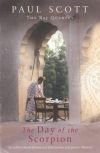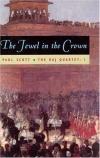
No set of novels so richly recreates the last days of India under British rule—"two nations locked in an imperial embrace"—as Paul Scott's historical tour de force, The Raj Quartet. The Jewel in the Crown opens in 1942 as the British fear both Japanese invasion and Indian demands for independence. On the night after …
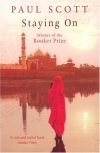
Instead of returning “home” when he retired, Tusker, once a Colonel in the British Army, and his wife Lily chose to remain in the small hill town of Pangkot with its eccentric inhabitants and archaic rituals left over from the days of the Empire.
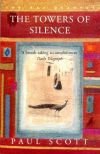
The Towers of Silence is the 1971 novel by Paul Scott that continues his Raj Quartet. It gets its title from the Parsi Towers of Silence where the bodies of the dead are left to be picked clean by vultures. The novel is set in the British Raj of 1940s India. It follows on from the storyline in the The Day of the …
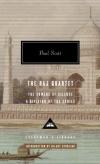
Book III only of the Raj Quartet. A spectacular explosion of history set off within the lives of a dozen or so Britons and Indians on the edges of vast change. (New York Times)
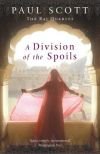
A Division of the Spoils is the 1975 novel by Paul Scott that concludes his Raj Quartet.
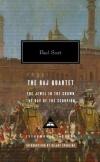
The Raj Quartet, Paul Scott's epic study of British India in its final years, has no equal. Tolstoyan in scope and Proustian in detail but completely individual in effect, it records the encounter between East and West through the experiences of a dozen people caught up in the upheavals of the Second World War and …

The Raj Quartet, Paul Scott's epic study of British India in its final years, has no equal. Tolstoyan in scope and Proustian in detail but completely individual in effect, it records the encounter between East and West through the experiences of a dozen people caught up in the upheavals of the Second World War and …

 English
English Español
Español Deutsch
Deutsch
